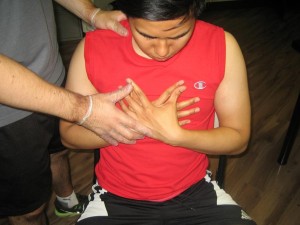Brugada syndrome is a rare but severe condition involving the transmission of electrical signals through the heart. It triggers an excessively rapid beating of the heart.
The erratic, fast heartbeats or arrhythmia can be dangerous in some instances. The condition is generally brought about by a defective gene inherited from a parent.
What are the indications?

Many individuals with Brugada syndrome do not have any symptoms and are not even aware that they have it.
Some individuals experience the following:
- Seizures
- Blackouts
- Palpitations, dizziness, chest pain or shortness of breath
Remember that these symptoms arise at any time but oftentimes instigated by fever, dehydration or excessive consumption of alcohol.
The symptoms usually arise at around 30-40 years of age but can also occur at any age. In addition, it is common among men than women or children.
Management of Brugada syndrome
Even today, there is no available cure for Brugada syndrome but there are measures to lessen the risk for any serious issues.
If the doctor believes that the risk of the individual for developing a dangerous rapid heartbeat is low, treatment is not required initially.
Avoidance of triggers
The risk for developing a rapid heartbeat can be lowered by avoidance of the triggers such as:
- Fever – if fever of 38 degrees C or higher occurs, provide pain medications to bring it down or seek medical care if this does not help
- Excessive intake of alcohol
- Dehydration
- Certain medications
Implanted defibrillator
If the individual is at high risk for developing a rapid heartbeat, an implantable cardiac defibrillator might be suggested by the specialist.
An ICD is a small-sized device inserted into the chest which is the same as a pacemaker. Once the device perceives that the heart is beating at a dangerous pace, it releases an electric shock to restore it to normal.
